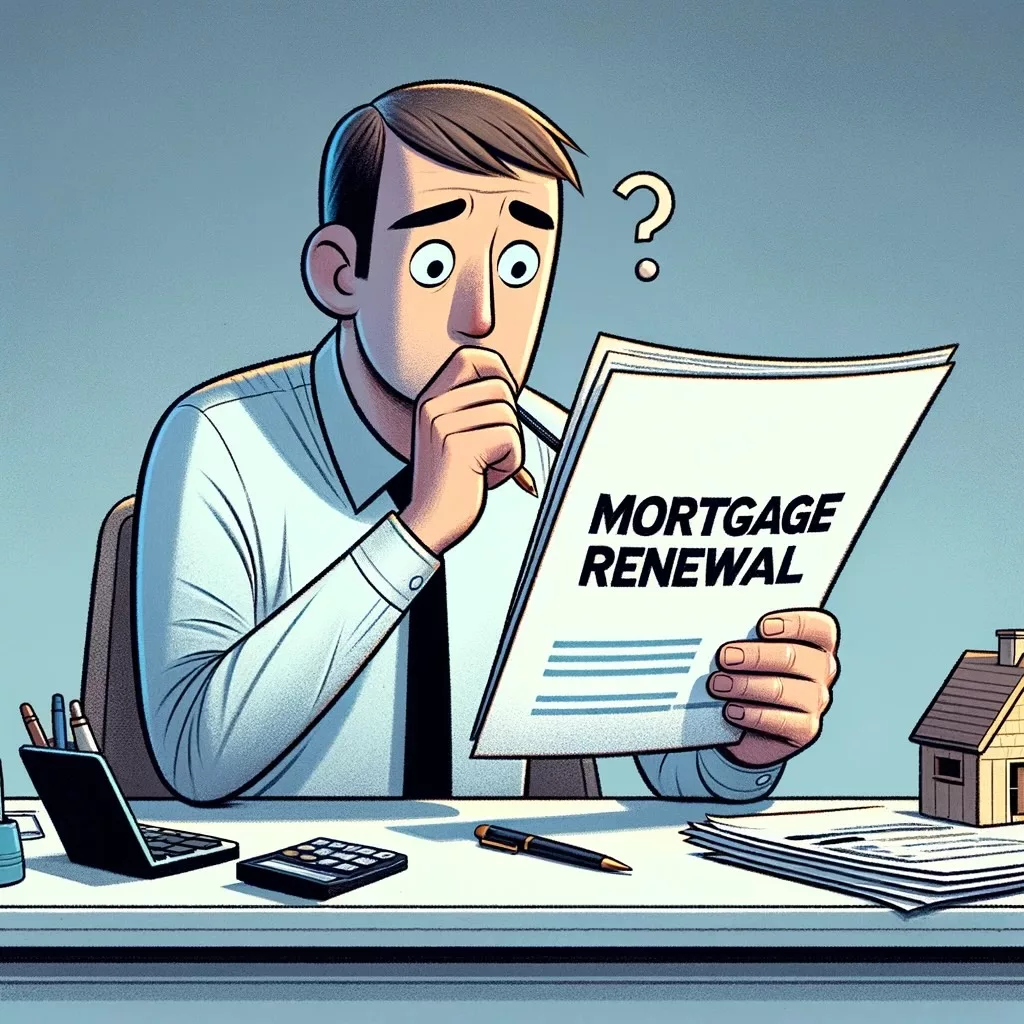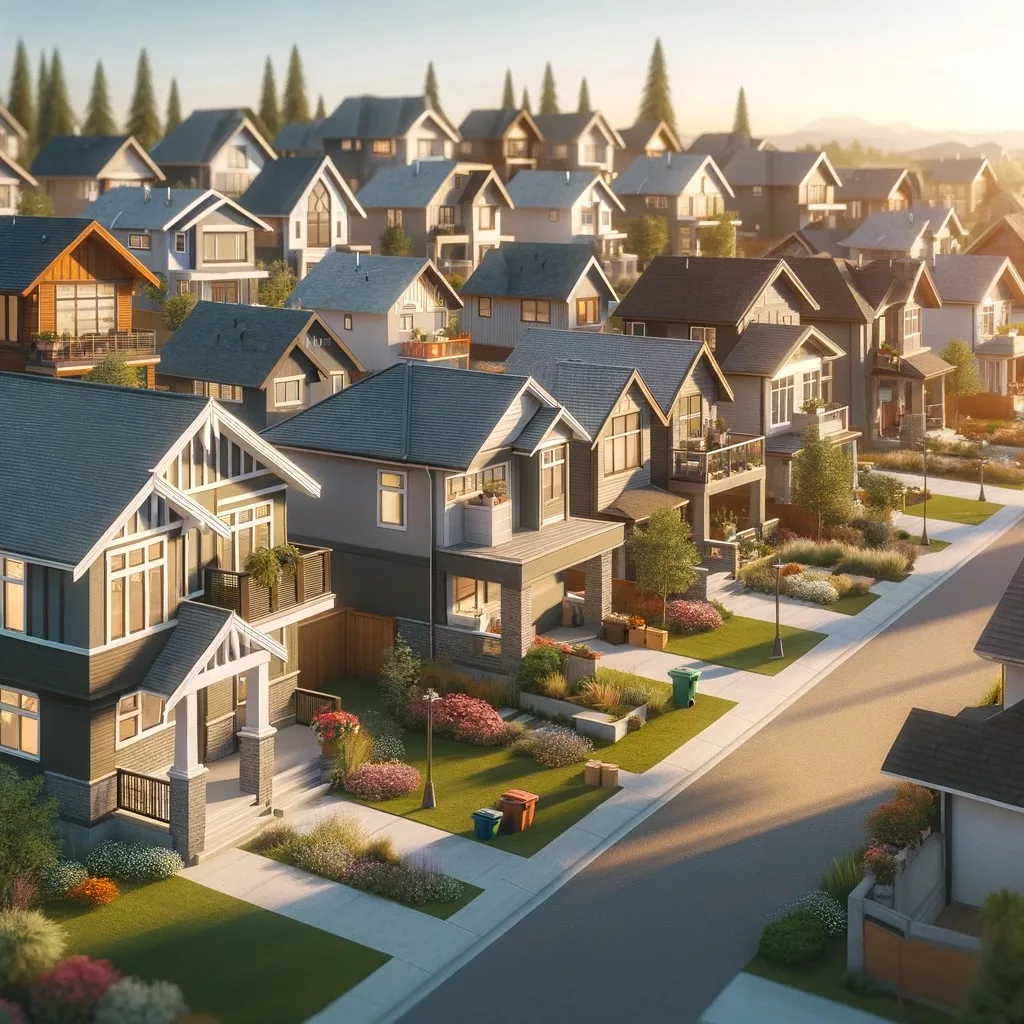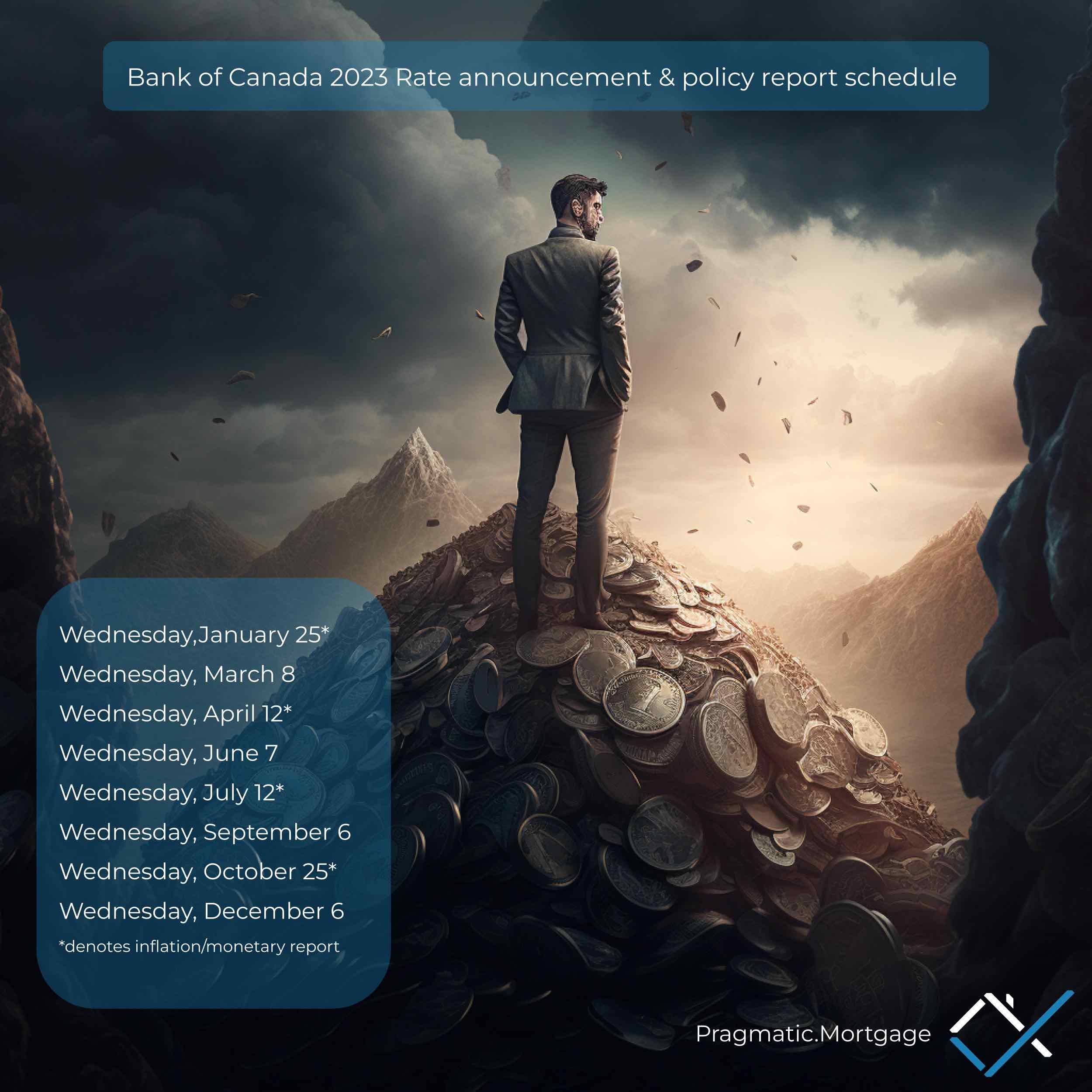The complexity of building codes and obtaining building permits
Housing affordability is a significant issue in Canada, with high housing costs making it difficult for many Canadians to afford a home. The issue has been amplified in recent years as housing prices continue to rise, and many people are being priced out of the market. While there is no one solution to this problem, there are several steps that can be taken to reduce the cost of building homes and make housing more affordable for Canadians.
One of the biggest challenges facing the Canadian housing market is the complexity of the building codes and the difficulties in obtaining building permits. These factors can add significant costs to the construction process and make it more difficult for builders to construct affordable housing. To address this challenge, there have been growing calls for increased government involvement in the building and permitting stages.
The need for government involvement in the building and permitting stages
The Canadian government can play a significant role in reducing the cost of building homes and increasing affordability by streamlining the building process. A streamlined building process can reduce the time and costs associated with obtaining building permits and complying with building codes. It can also help create more efficient and standardized processes, which can bring the economy of scales into favor by generating rinse-and-repeat methods. One possible solution is to create pre-approved housing models that include pre-approved plans, mechanical equipment, construction materials, and recommended suppliers. By providing recommendations that the government supports, builders and developers can streamline the building process, reduce delays, and decrease costs.
Streamlining the building process with pre-approved housing models
To create pre-approved housing models, the government would need to work with builders and developers to identify seven to eight different housing designs for a specific community. These designs would be pre-approved, and the mechanical equipment, construction materials, and recommended suppliers would be included. By creating pre-approved designs, the government can reduce the complexity of the building codes and streamline the building process, making it easier and more cost-effective to build affordable housing. To ensure fair competition, multiple suppliers and builders should be allowed to compete on price for supplies and services. Additionally, several designs could be allowed, allowing for small and subtle exterior design changes and color combinations to add culture to a community.
Mandating simpler rezoning processes to create more housing affordability.
Another challenge facing the Canadian housing market is the lack of affordable housing options in suburban neighborhoods. Many of these neighborhoods are zoned for single-family homes, which limits the availability of affordable housing options. To address this challenge, there have been growing calls for the federal or provincial governments to mandate simpler rezoning processes.
The process of rezoning neighborhoods can take months or even years in some cases. To create affordable housing, the government needs to mandate simpler rezoning processes that enable the creation of more affordable housing options. By mandating simpler rezoning processes, the government can encourage “Goldilocks infrastructure,” pinpointing specific suburban neighborhoods with potential for healthy growth and mandating the required building types and structures that serve the region best. This could include townhouses or single-family dwellings with basement suites, as well as transportation needs, rather than just condos. By encouraging the adoption of this approach, the government can create a more efficient and standardized process that would bring the economy of scales into favor by generating rinse-and-repeat methods.
Making it easier for homeowners to get pre-qualified for new construction
Homeowners can also get pre-qualified for new construction more easily to encourage housing affordability. Many builders prefer custom-built homes as it attracts clients who qualify easily with cash payments or small mortgage needs. However, the process of getting a homeowner pre-approved for a purchase in Canada that is new construction can be challenging. Lenders will only approve a rate lock for 120 days, which is not sufficient to cover the length of time it takes to build a new home.
One possible solution is to provide incentives to lenders or borrowers to use a construction draw mortgage program. This program is CMHC approved and allows for as little as 5% down and a rate lock for a full 12 months. By increasing the number of lenders that support this program, the government can incentivize builders to commence work with pre-approvals and “draw payments” occurring during the course of construction, knowing their investment into the project is sound and safe.
Encouraging the use of alternative construction methods
In addition to these recommendations, there are other steps that can be taken to reduce the cost of building homes and increase affordability. One option is to encourage the use of alternative construction methods, such as modular construction or prefabricated housing. These methods can be cheaper and more efficient than traditional construction methods, and they can help reduce costs and increase efficiency. Modular construction involves building homes in sections in a factory setting and then assembling the sections on-site. This approach can reduce costs, increase efficiency, and help create more affordable housing.
Increasing funding for affordable housing initiatives
Another option is to increase funding for affordable housing initiatives. This could include providing grants to builders and developers who create affordable housing, as well as providing subsidies or rent assistance to low-income families and individuals. Additionally, encouraging mixed-use developments, where residential and commercial spaces are combined, can help create more affordable housing options. By adopting these strategies, the government can help reduce the cost of housing and make it more accessible to all Canadians.
A comprehensive approach to reducing the cost of building homes
The challenges facing the Canadian housing market are significant, but they can be addressed with a comprehensive approach that involves increased government involvement, simpler rezoning processes, and the use of alternative construction methods. By incentivizing builders and lenders to use construction draw mortgages and providing grants and subsidies for affordable housing initiatives, the government can help increase affordability and reduce the cost of building homes. By adopting a comprehensive approach, the government can help ensure that all Canadians have access to safe, affordable housing, regardless of their income level.











